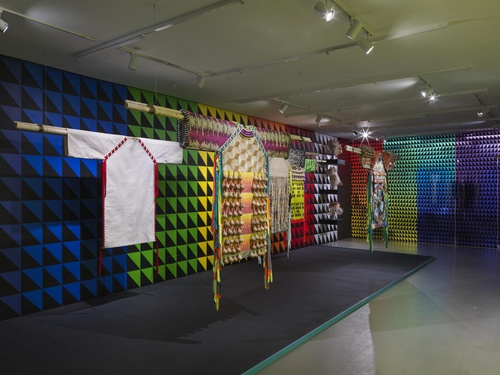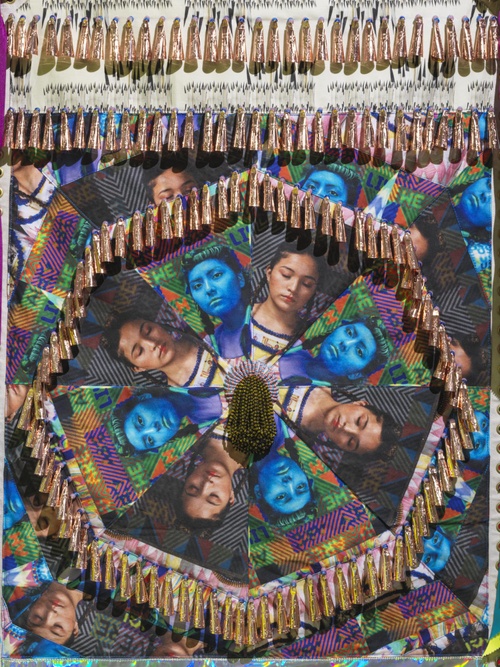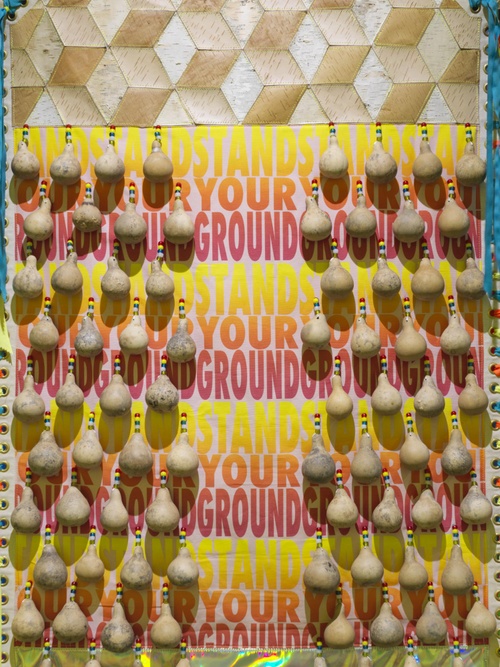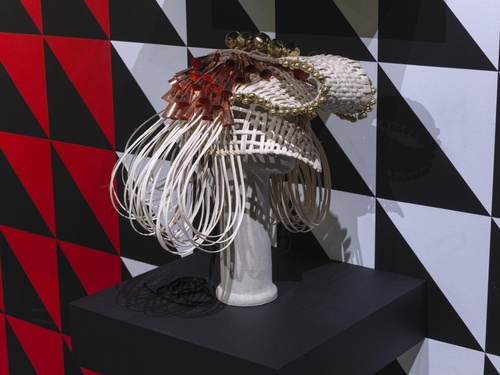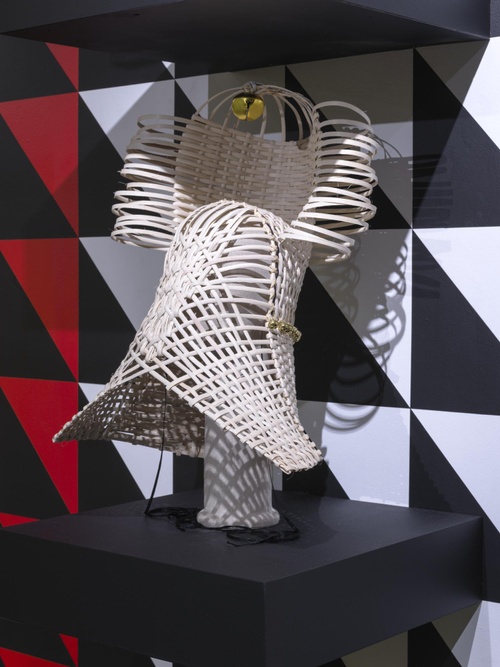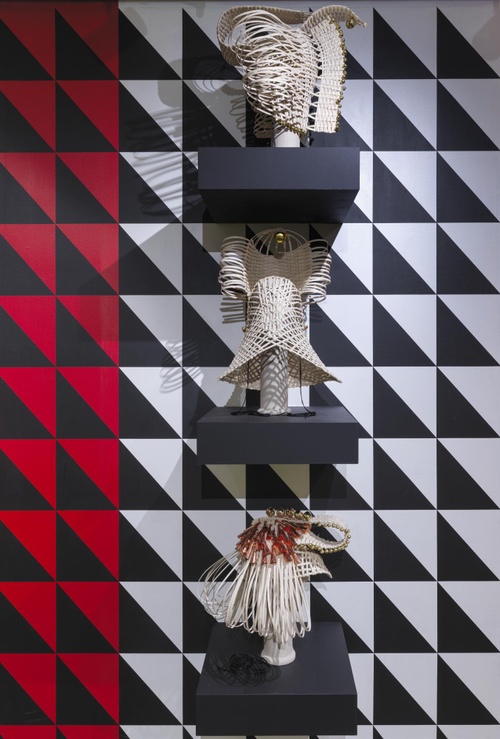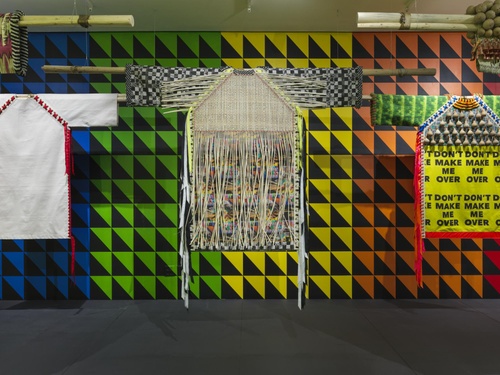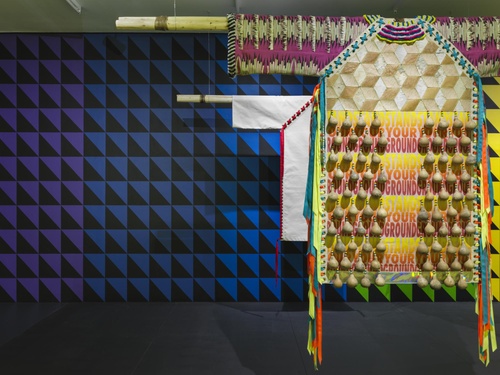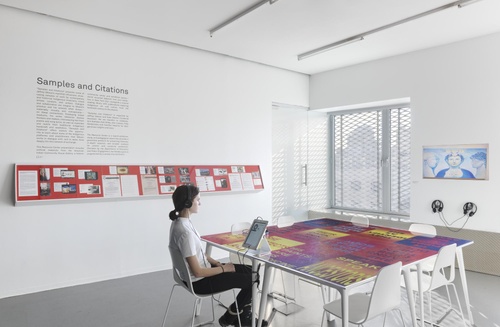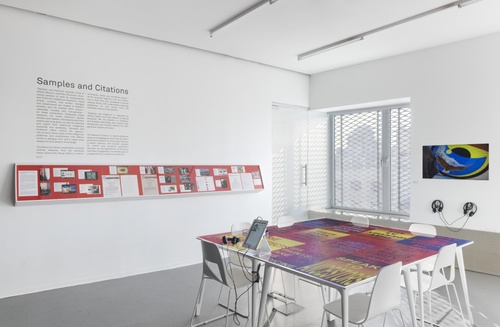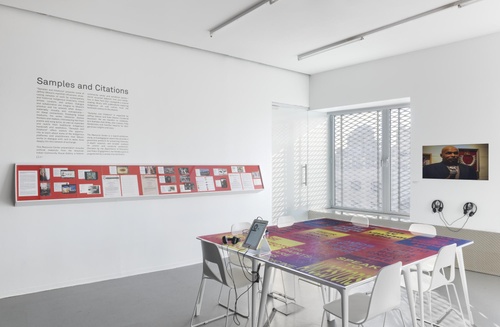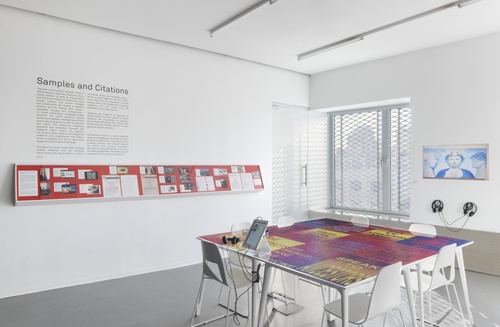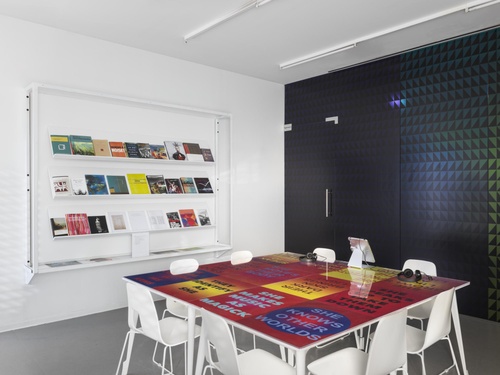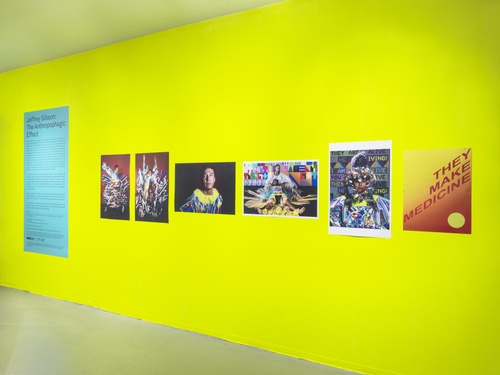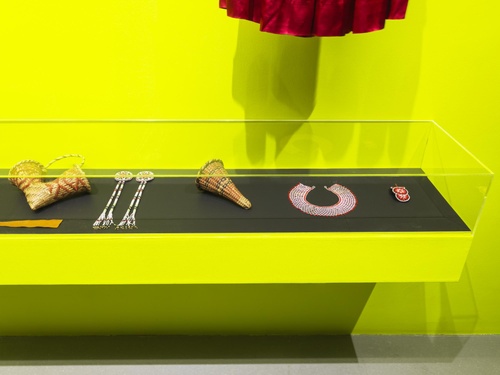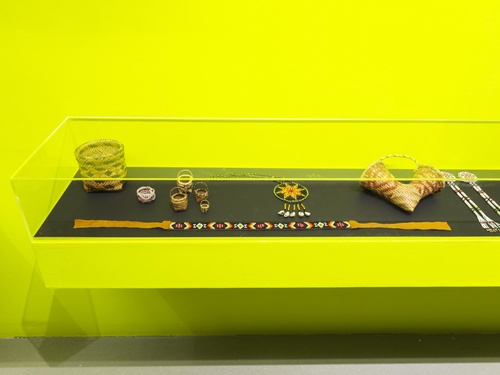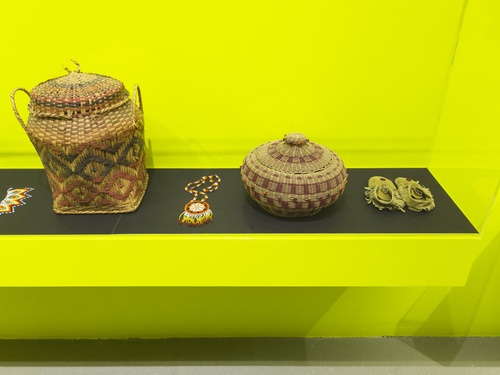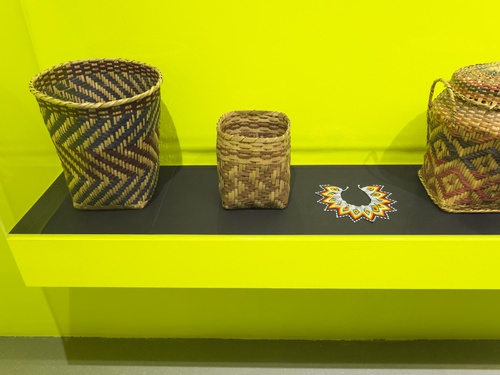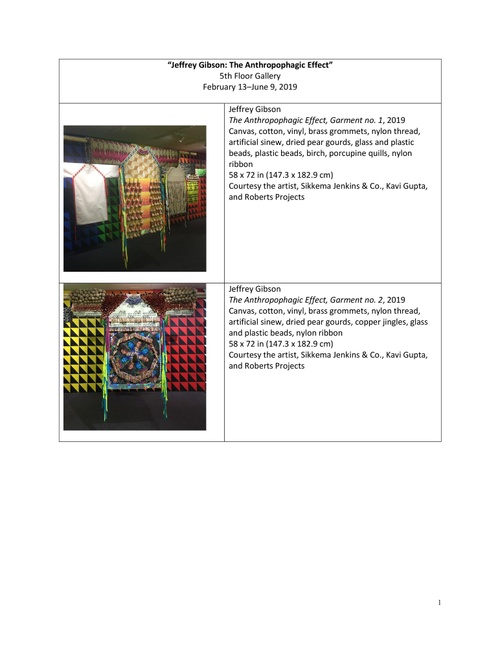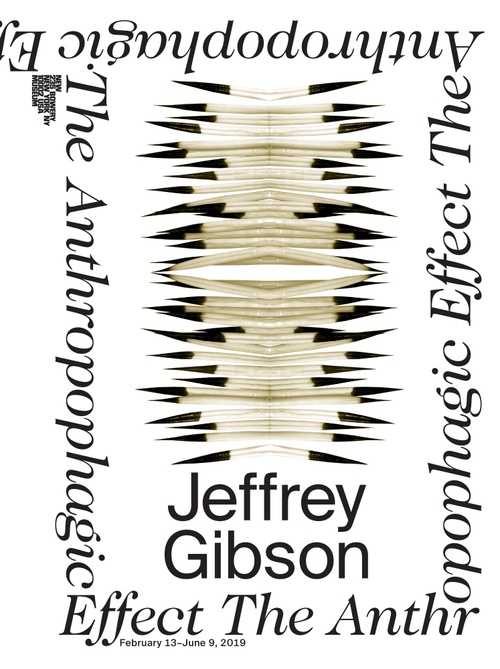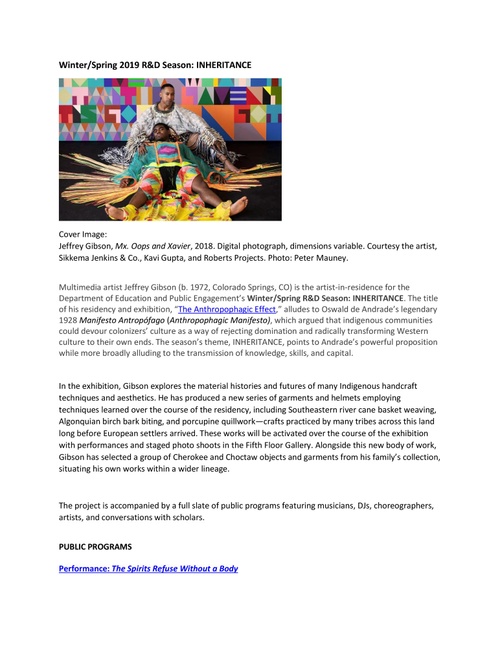Jeffrey Gibson: The Anthropophagic Effect
Jeffrey Gibson: The Anthropophagic Effect
In 2019, the New Museum presented “The Anthropophagic Effect” an exhibition of the artist Jeffrey Gibson exploring the material histories and futures of several Indigenous handcraft techniques and aesthetics, including Southeastern river cane basket weaving, Algonquian birch bark biting, and porcupine quillwork, as practiced by many tribes across the United States long before European settlers arrived. Developed through the artist residency INHERITANCE, the title alludes to Oswald de Andrade’s legendary 1928 Anthropophagic Manifesto, which argued that indigenous communities could devour colonizers’ culture as a way of rejecting domination and radically transforming Western culture to their own ends.
Gibson’s reference to anthropophagy (a form of cannibalism) is arguably symbolic but nevertheless serves as a powerful bodily metaphor. The logic of anthropophagy conjures a corporeal apparatus in which the mouth can be seen as the literal entry point to a larger system by which objects taken in are both absorbed and fundamentally changed. Anthropophagy posits consumption itself as a critical tool for the transformation of material culture and ideological frameworks. Engaging with the histories and stakes of cultural appropriation, Gibson turns to anthropophagy to expand questions of ownership and responsibility. While fully immersed in these dialogues as they are unfolding today, the artist calls attention to the complex economies of appropriation present in nearly every cultural product. Rather than focusing on what images or objects can be used and by whom, he suggests that every “authentic” object derives from somewhere else.
Yet, Gibson’s attention to recycling as production does not aim to do away with the specificities of practices, individuals, or communities. He notes that Indigenous crafts and designs have “historically been used to signify identity, tell stories, describe place, and mark cultural specificity,” explaining, “I engage materials and techniques as strategies to describe a contemporary narrative that addresses the past in order to place oneself in the present and to begin new potential trajectories for the future.”[1] It is significant that many of the crafts Gibson has focused on for the residency are oral practices, utilizing the mouth as the primary instrument of the materials’ manipulation. Employing techniques learned over the course of the residency, Gibson produced a new series of garments that were activated through performances and staged photo shoots in the Fifth Floor Gallery in the exhibition at the museum.
The exhibition space was designed as a mobile staging ground for performances and photoshoots in which Gibson’s newly constructed garments and helmets were activated by performers. When not being performed in, Gibson’s garments were staged as objects on a platform—which curved into an infinity wall forming a backdrop for bimonthly photoshoots in the gallery. Rejecting any singular or fixed context for his work, Gibson welcomed multiplicity and movement in these activations.
Jeffrey Gibson’s residency also included a series of public programs featuring musicians, DJs, choreographers, artists, and scholars who uniquely engage with and incorporate his work in expanded frameworks. This exhibition was curated by Johanna Burton, Keith Haring Director and Curator of Education and Public Engagement, and Sara O’Keeffe, Associate Curator, with Kate Wiener, Curatorial Assistant and presented as part of R&D Season: INHERITANCE. Organized by the New Museum’s Department of Education and Public Engagement, R&D (Research and Development) Seasons connect projects across multiple platforms around a new organizing theme each fall, spring, and summer. Seasonal themes are generated by artists-in-residence, and the department’s collaborations with artists lead to exhibitions, performances, conferences, screenings, publications, after-school programs for teens, Family Day activities, and archival research.
